
November 27, 2019
Here’s Everything You Need to Know About USP 797 Guidelines
Recently, the USP-NF announced it was postponing some updates, including changes for USP 797. The updates were supposed to take effect on December 1, 2019. Many pharmacy personnel were wondering what changes they’d need to make. What do the current USP 797 guidelines say about compounding environments anyway? If you have questions, this guide has the
Read More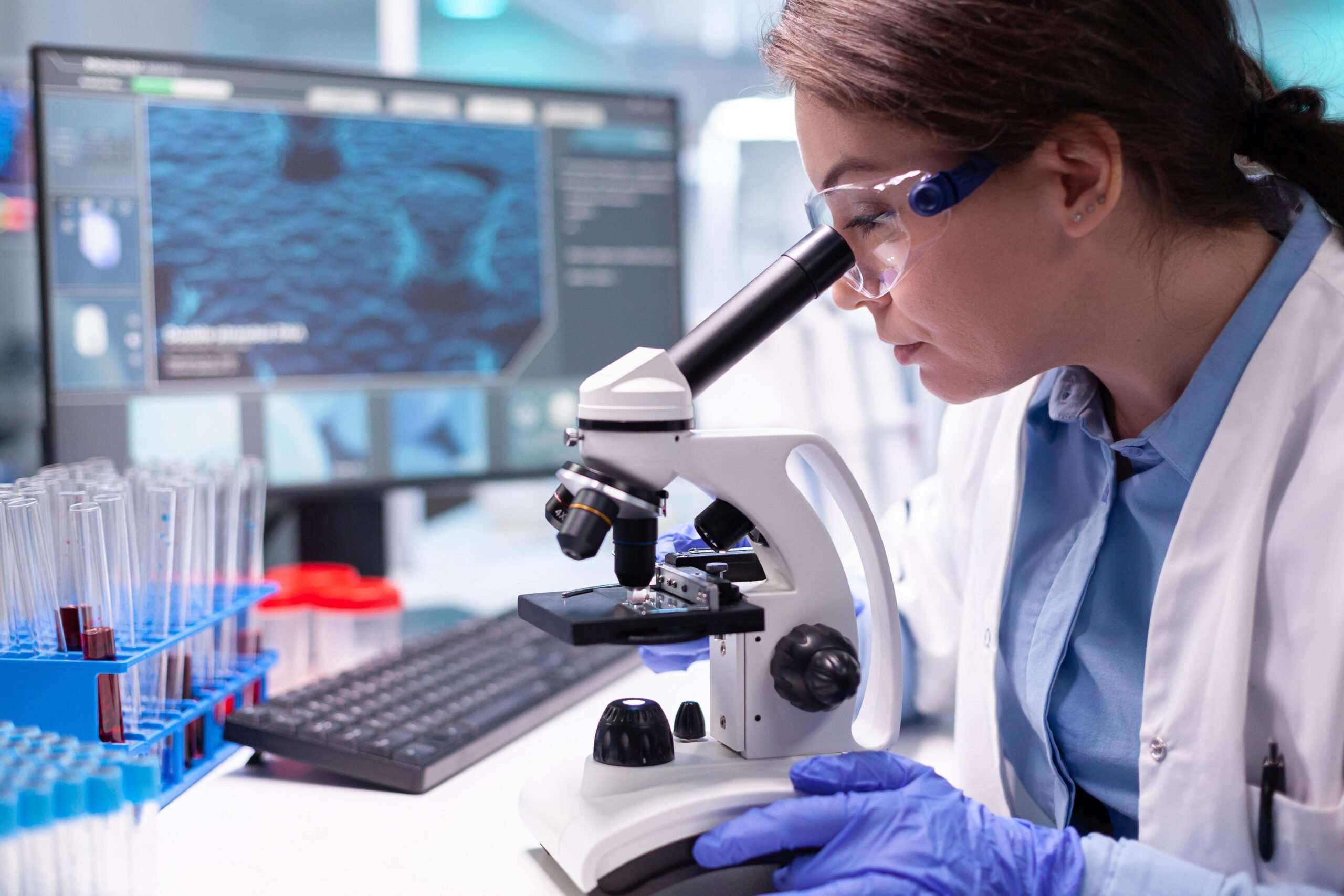
March 18, 2019
BIMO Inspection Readiness Checklist & Guide: FDA BioResearch Monitoring of Clinical Trials
Did you know that an FDA inspector typically schedules a bioresearch monitoring (BIMO) audit within five days of arrival? Would your clinical have BIMO inspection readiness in such a short time? Well, it should be: these inspections can occur at any time during a clinical trial, and there is no hard rule for how much notice they have to provide. If you are
Read More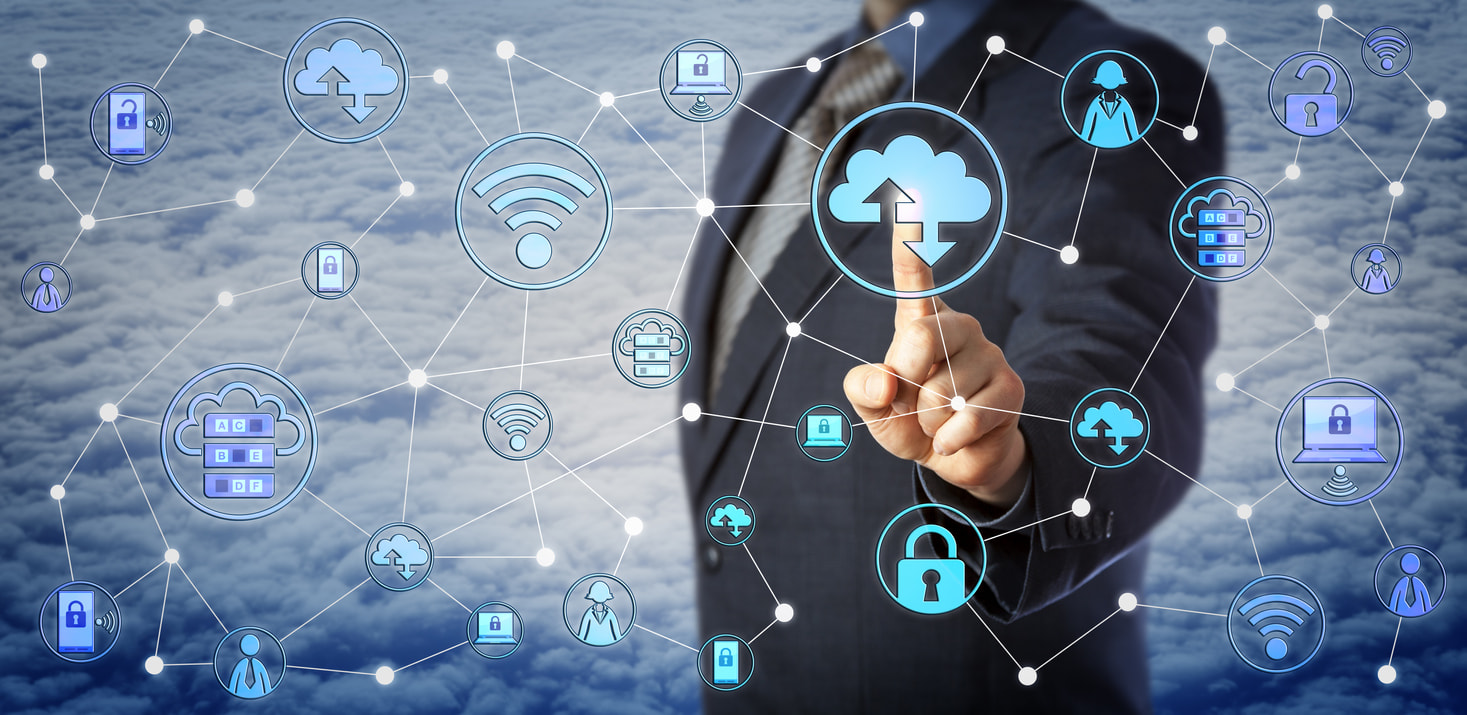
March 8, 2019
Here is What You are Missing if You Have not Upgraded to Saas Cloud Yet
Once a niche subject among IT experts, cloud computing is now a core component of business vernacular. The concept has made its way into advertising campaigns and everyday speech about mobile devices, so it is likely, you have some familiarity with the cloud already. To keep up with the competition and as an obligation to your
Read More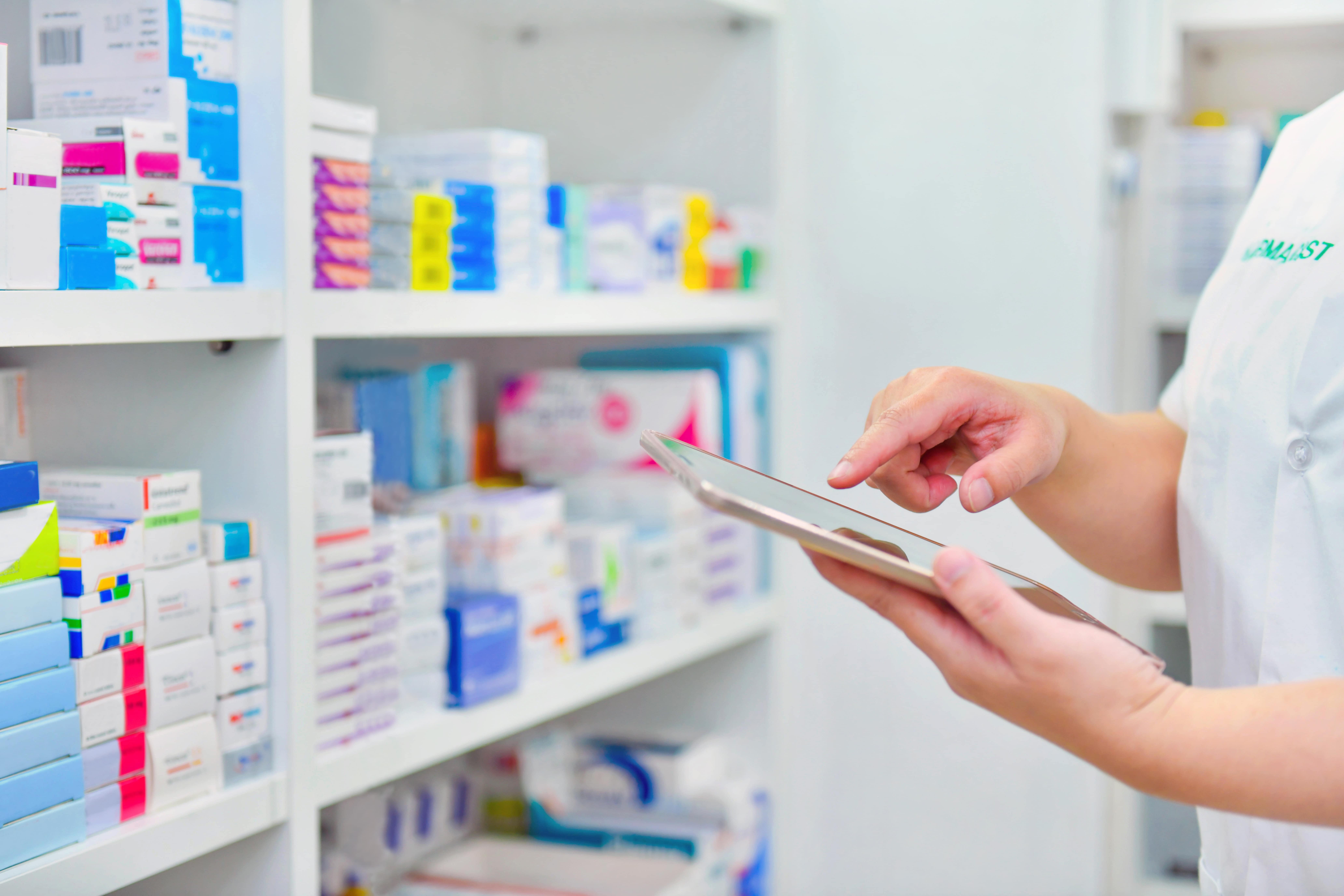
February 28, 2019
The Environmental Benefits of Remote Monitoring: How to Reduce Waste, Reduce Emissions, & Improve Efficiency With Digital Solutions
Technology has been evolving at a rapid rate for years, and the speed it grows only increases every year, which has resulted in developing technology that sometimes gets overlooked. For example, remote monitoring is part of a company’s digital solutions. Remote monitoring is not designed for micromanaging bosses to spy on their employees, nor was
Read More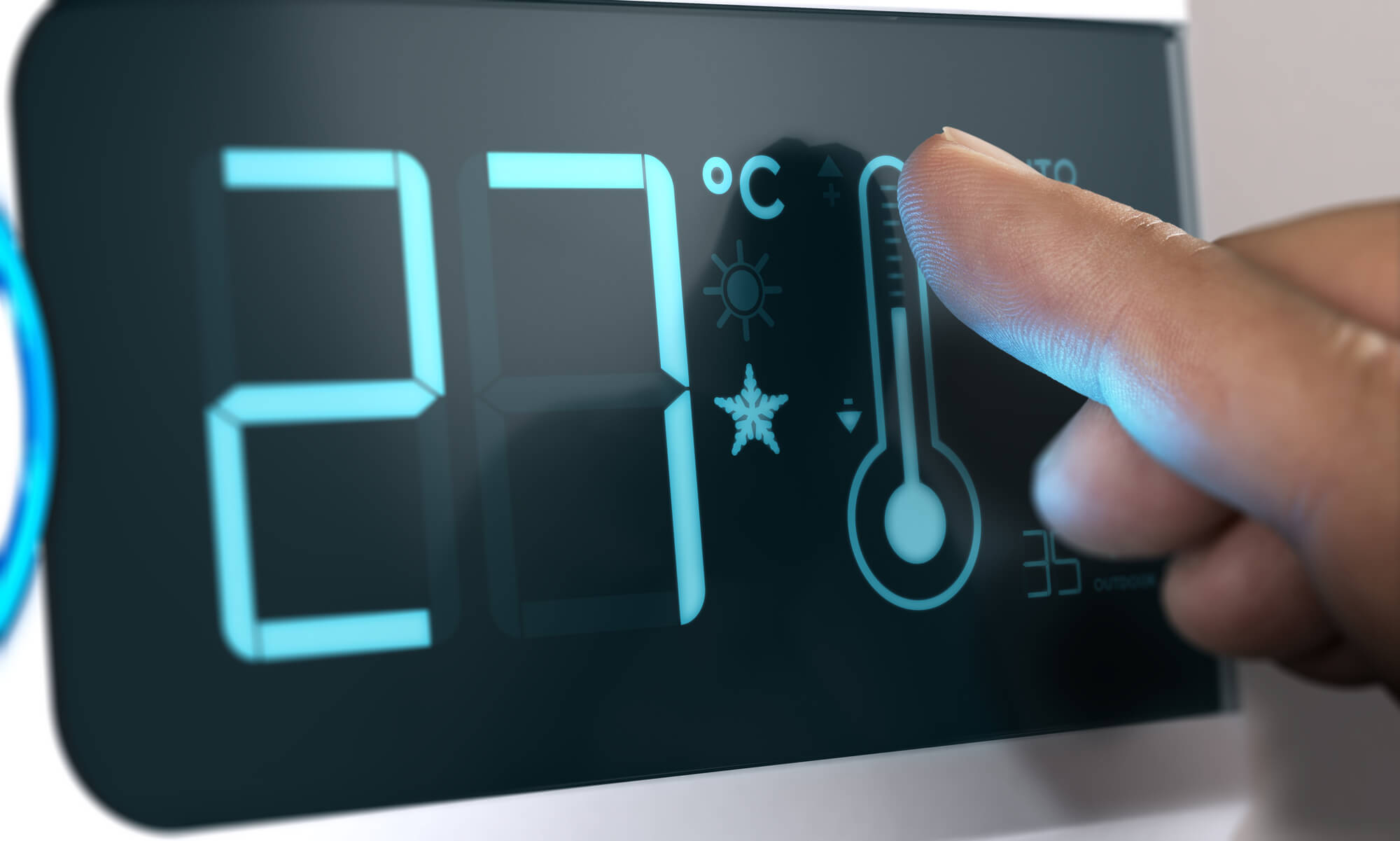
February 22, 2019
What Does Cloud-Based Temperature Monitoring Do?
75% of laboratory errors occur in the handling and processing phase of a specimen. Human error is the main factor that creates blunders in the lab setting. Collection methods and psychological factors of the person performing the process are two examples. Staffing would be needed around the clock for settings that require temperature monitoring; this introduces the
Read More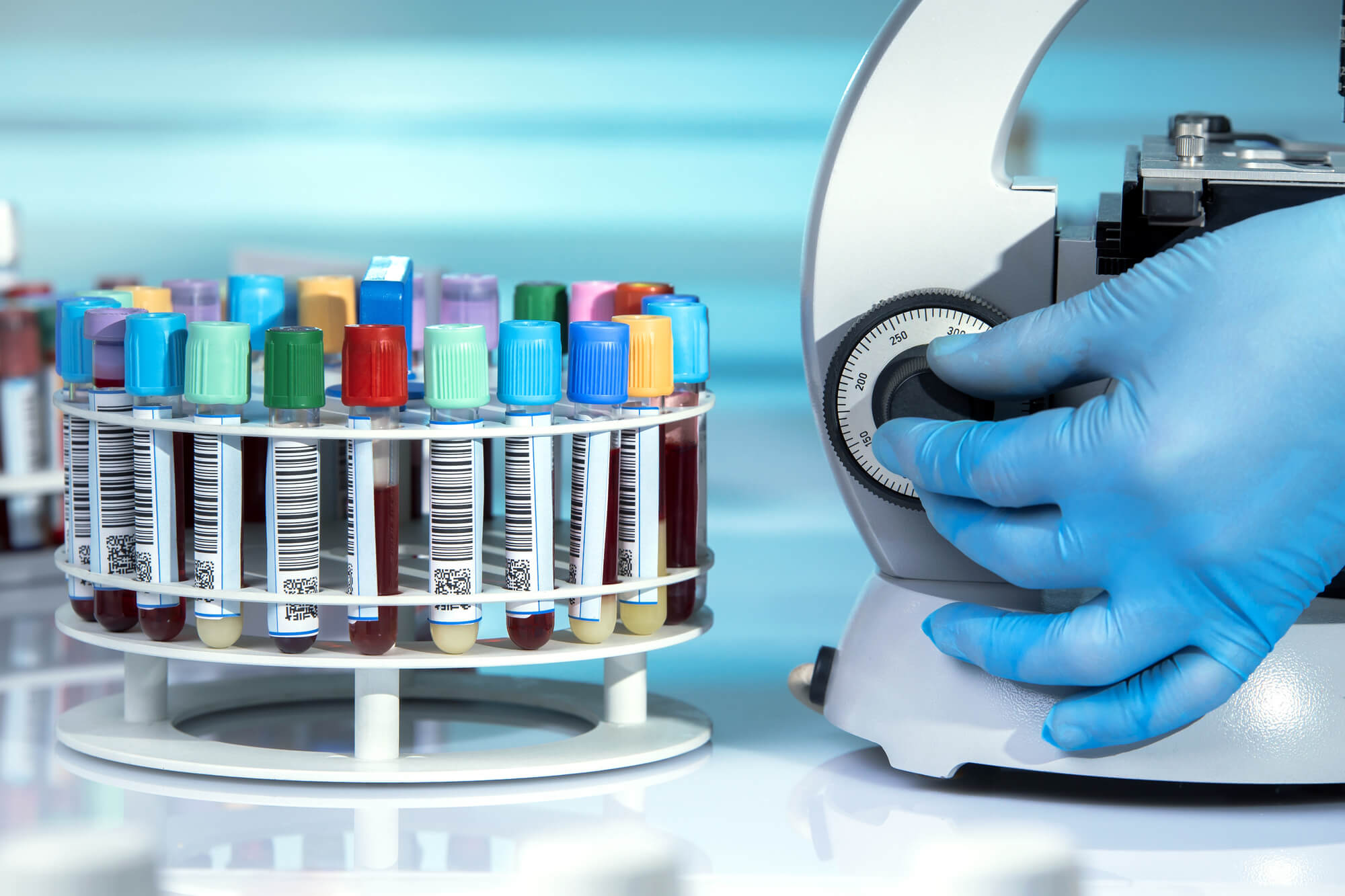
January 25, 2019
Measure for Measure: What is Calibration and Why Is It Important for Your Lab?
The word “calibrate” dates back only a couple hundred years, but the concept of calibration is actually far older. Ancient Egypt and Mesopotamia had their own systems of calibration that they used in construction. Today, calibration is often used in research labs to ensure accurate data. But what is calibration, how does it work, and why does
Read More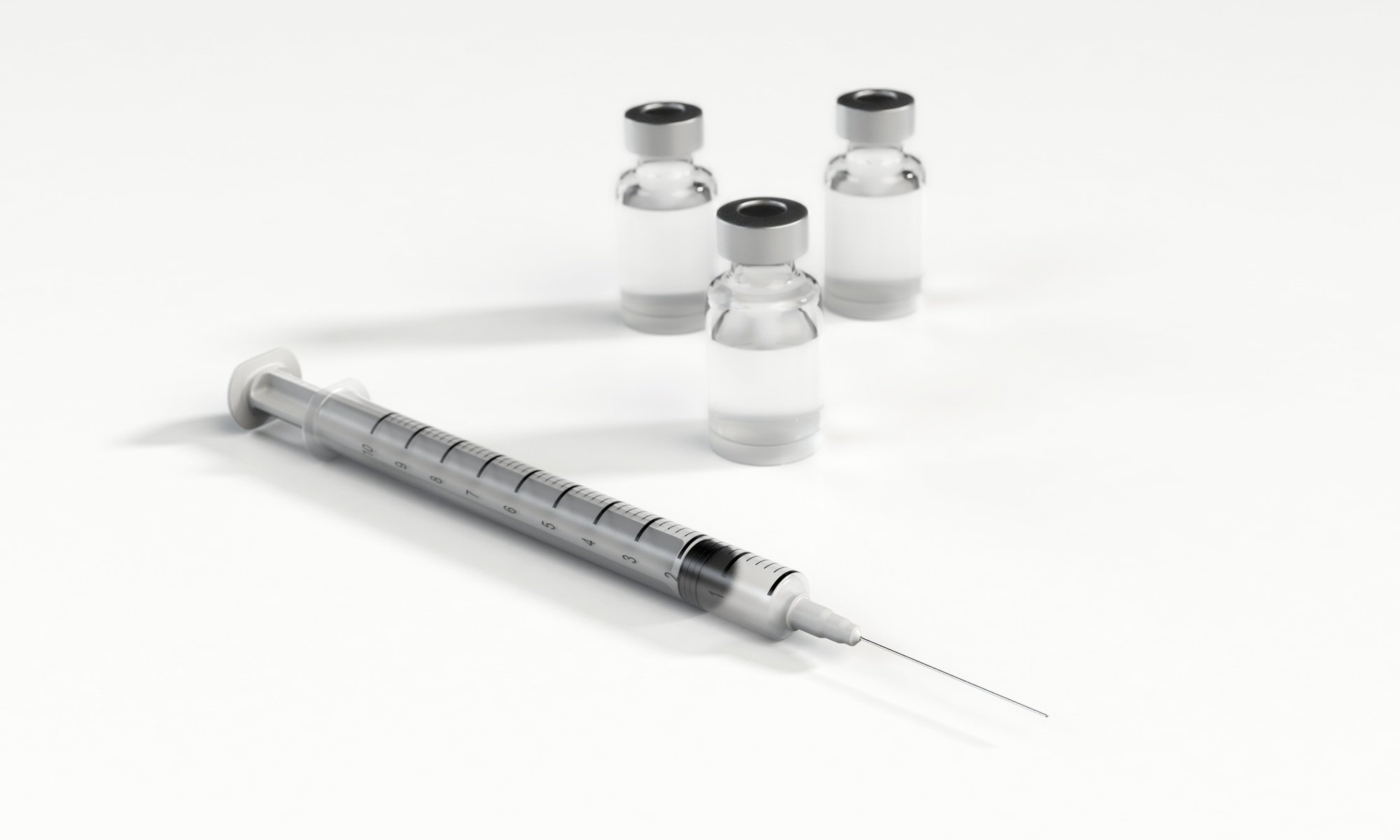
January 11, 2019
VFC Data Loggers: Are Your Data Loggers VFC-Compliant?
In 2017, the Centers for Disease Control and Prevention (CDC) changed the vaccine storage requirements for Vaccines for Children (VFC) program providers. The reason behind this change is clear. Review and access to temperature logs are critical. Without them, you cannot determine whether vaccines are at the correct temperature. Proper data logs are also essential for assessing
Read More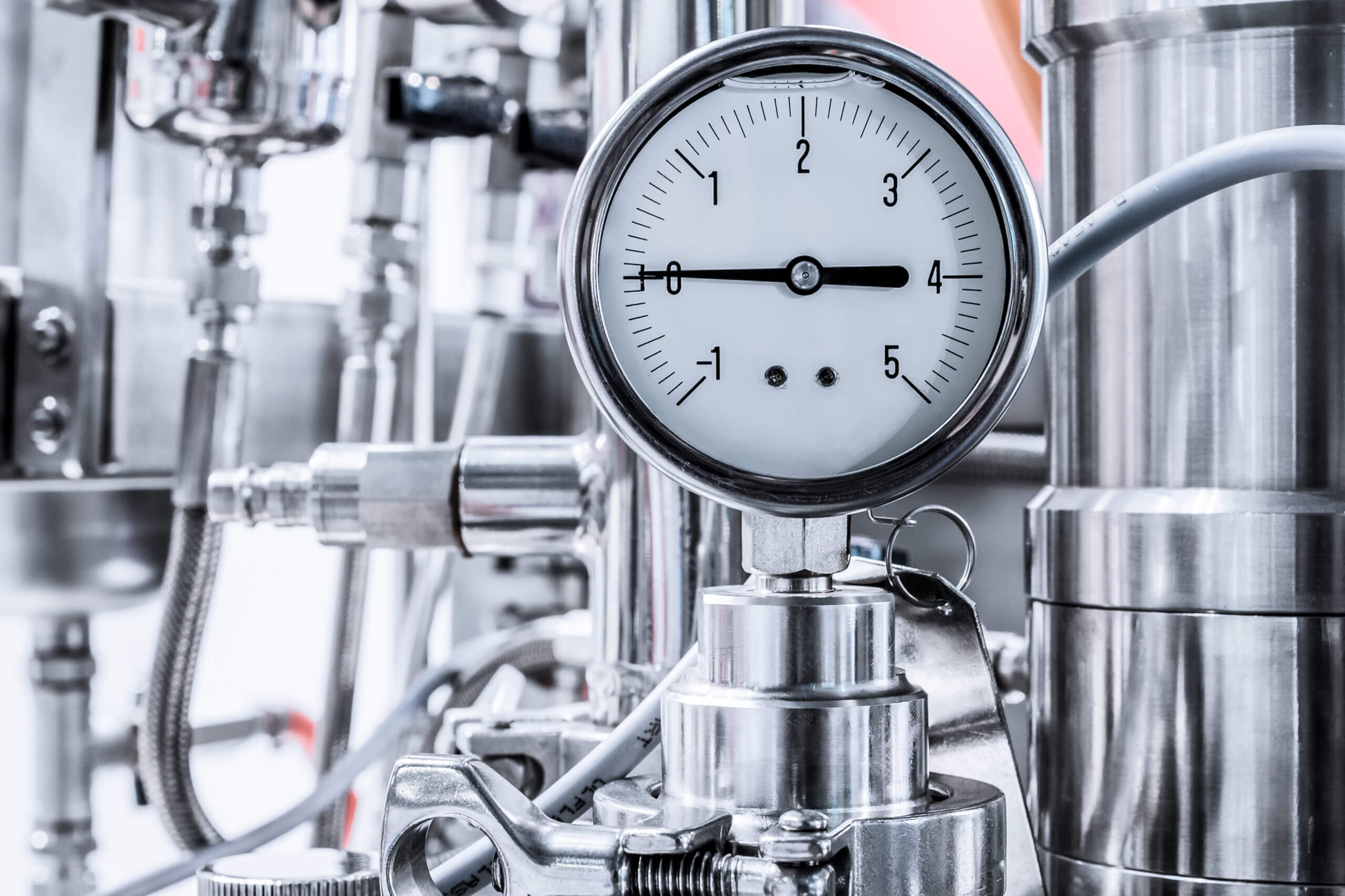
January 4, 2019
Your Guide to Choosing an Instrument Calibration Services Provider
As someone who works in a controlled lab, you appreciate the attention to detail. Running your daily operations is a matter of accuracy and efficiency. When you consider outsourcing for instrument calibration, you know to take the matter seriously. You need to hire an instrument calibration provider you can truly trust. Certifications in calibration services are only part
Read More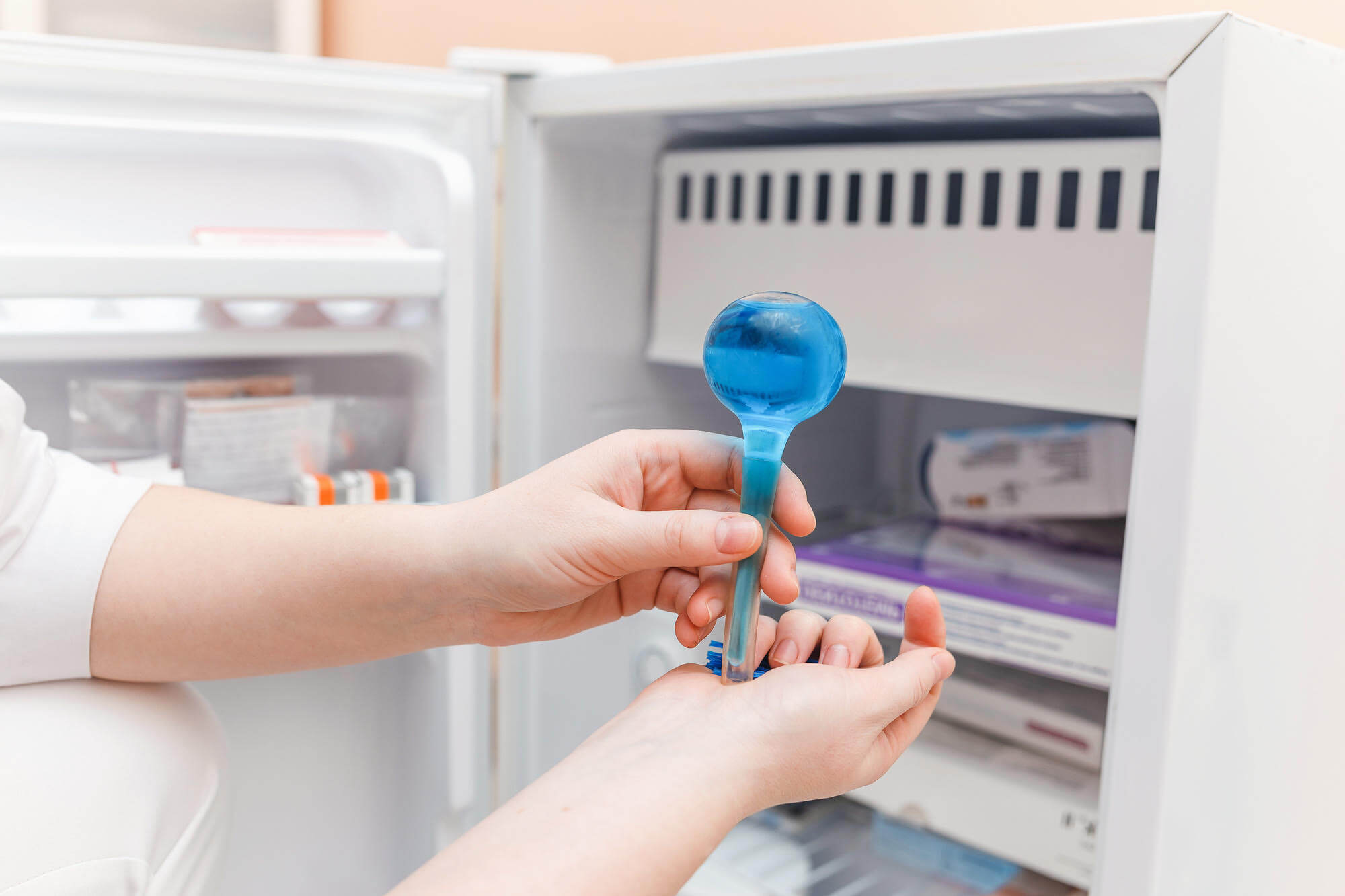
December 28, 2018
A Guide to Safe Medical and Lab Refrigeration Storage
Refrigeration revolutionized modern life. However, this innovation meant much more than keeping milk and meat from spoiling. Modern refrigeration has also allowed for great changes in the medical industry. Today, medical laboratories almost always use some kind of refrigeration. This allows for the storage of samples, as well as reagents and other tools used in
Read More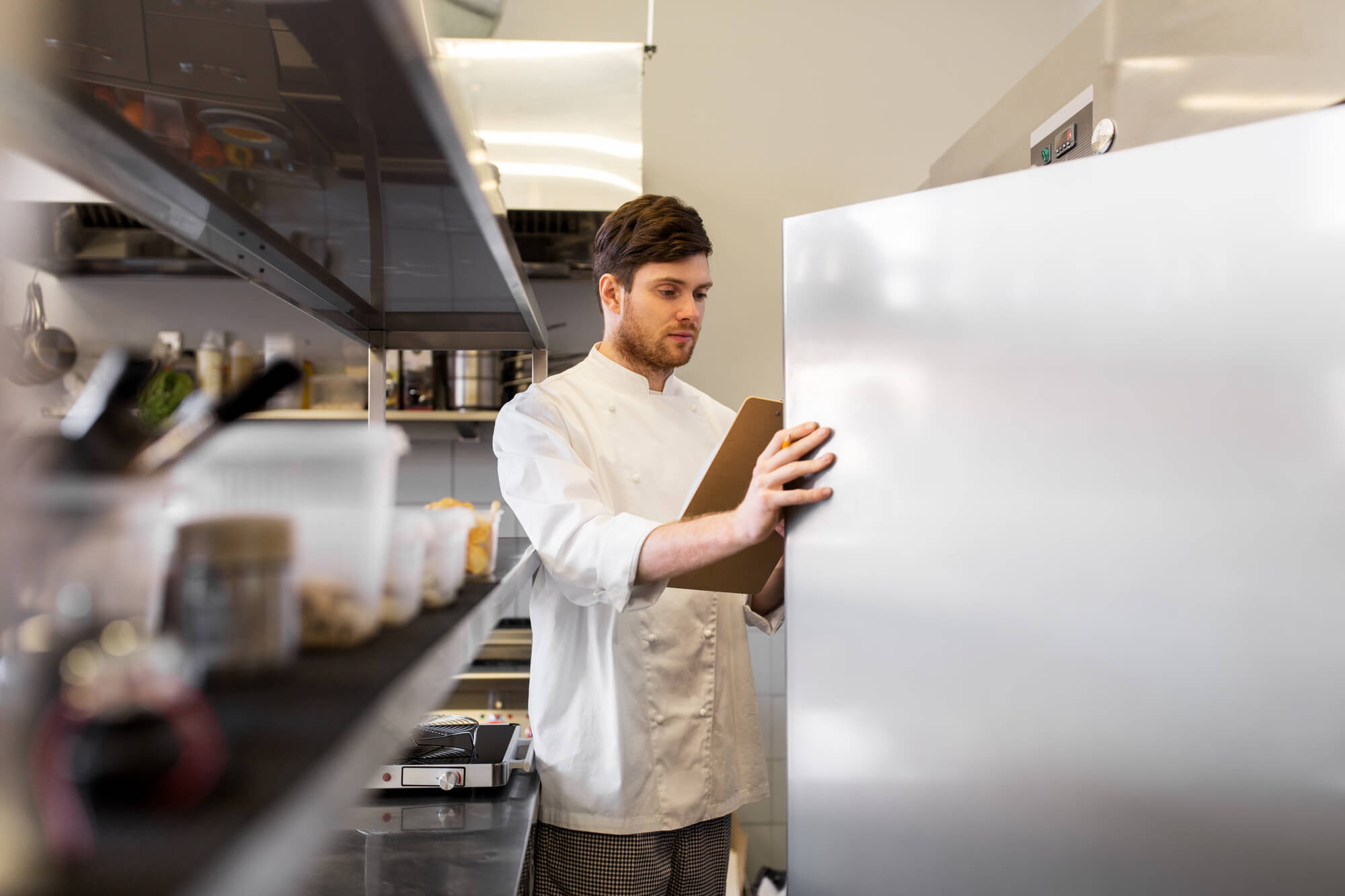
December 21, 2018
Using a Wireless Temperature Monitoring System For Your Restaurant
Talk to anyone who knows anything about food and they’ll tell you that bacteria can run wild between 40° and 140°. If you leave your food within this threshold, there’s no telling what can happen to it or what you’ll end up serving customers. You need a wireless temperature monitoring system to ensure that you keep
Read More